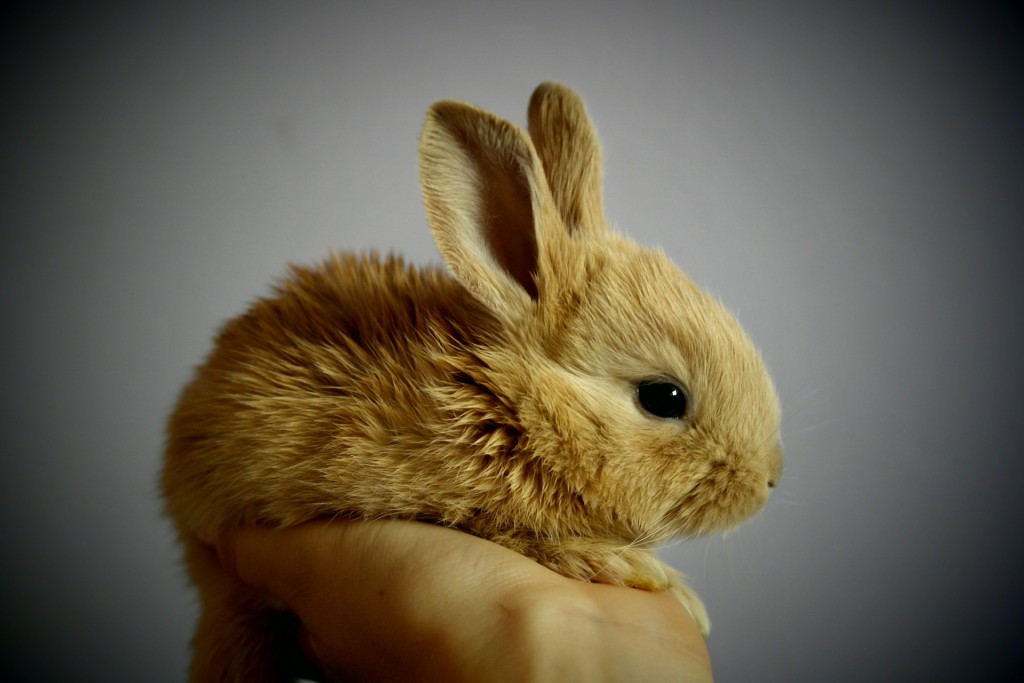See the fuzzy bunny?
Awwwww.
Seems cute, doesn’t he? So sweet and squeezable.
Probably distracts you with thoughts of babies, cotton candy, clouds, and the comfort of lotion-infused tissues on chapped noses.
You might think this adorable creature is harmless. Maybe you expect to wake one morning and find he’s left you a basket of chocolate eggs.
You’d be dead wrong.
Little do you know just how vicious this bunny can be. He creeps into your work, gnawing away at clarity and purpose (as if they were no more than carrots). He’s a brevity-killer, masquerading as your childhood friend.
He’s the Fluff-Bunny. And he’s just too darned fluffy.
The Art of Fluff
If you’ve ever taken a high school English class, you’ll be well-versed in the art of fluff.
When given an essay, project or story assignment with a specific word-count, what would have been the first thought in your mind?
“How will I ever think of that much stuff to write?”
Aha! That’s it. You’ll just fill in the gaps with some meaningless words, phrases, or even whole sentences. Surely no one will notice all the twaddle when it’s mixed in with quality writing.
My friends, if that’s what you think, you’ve already fallen prey to the bunny.
Unnecessary Words
You were always taught to be concise. However, knowing something is one thing, doing it is another.
The Fluff-Bunny lulls you into thinking it’s okay to write without revising. He wants you to use unnecessary words so you appear to be writing more than you really are.
Among his favourites are:
- That: “The book that she wrote was mediocre.”
- Just: “Just close the door when you come in.”
- Really: “You’ll understand if you really look at the situation.”
Removing these words doesn’t change the meaning of the sentences, and it makes them more succinct.
Redundancy is also one of the bunny’s special’s weapons. “I looked out into the dark night,” or “We walked through the cold snow,” are redundant because night is always dark and snow is always cold.
Adjectives and Adverbs
Perhaps it was all those creative writing exercises you did in school: an object would be placed in front of you, and your task would be to describe it in the greatest detail possible.
You probably used adjectives and adverbs to accomplish this, and it’s a strategy that stuck.
Adjectives are words that describe people, places or things. For example, a bunny is ‘small,’ ‘fluffy,’ and ‘cute.’ Adverbs describe other words, and often end in ‘-ly.’ A bunny hops ‘quickly’ and ‘cautiously.’
While both have suitable places in your writing, the Fluff-Bunny would have you include them too frequently, or where they are simply irrelevant.
Padding
Padding is the most insidious type of fluff because it holds the least meaning.
This occurs when you write entire sentences, paragraphs, or even pages which add nothing to the overall purpose of your writing.
Often this is done because a piece seems too short and the writer wishes to bulk it up. Other times the writer starts with a bang and then discovers, half-way through, they don’t have enough to write about.
The Fluff-Bunny encourages you to pad your story, making you think readers won’t notice.
Banish the Bunny
Now that you’re onto this little fur-ball’s agenda, how can you get him to take a hike from your writing?
- Revise your work. Cut any unnecessary words and don’t use those that are redundant.
- Use describing words sparingly. Find more creative ways to be descriptive than simply plugging in adjectives and adverbs.
- Avoid padding. Careful planning from the outset of your writing project will help prevent the need to to pad your work. If parts of the piece don’t add to its forward motion, dispose of them.
The next time you meet up with this little woodland creature, don’t say you haven’t been warned.
